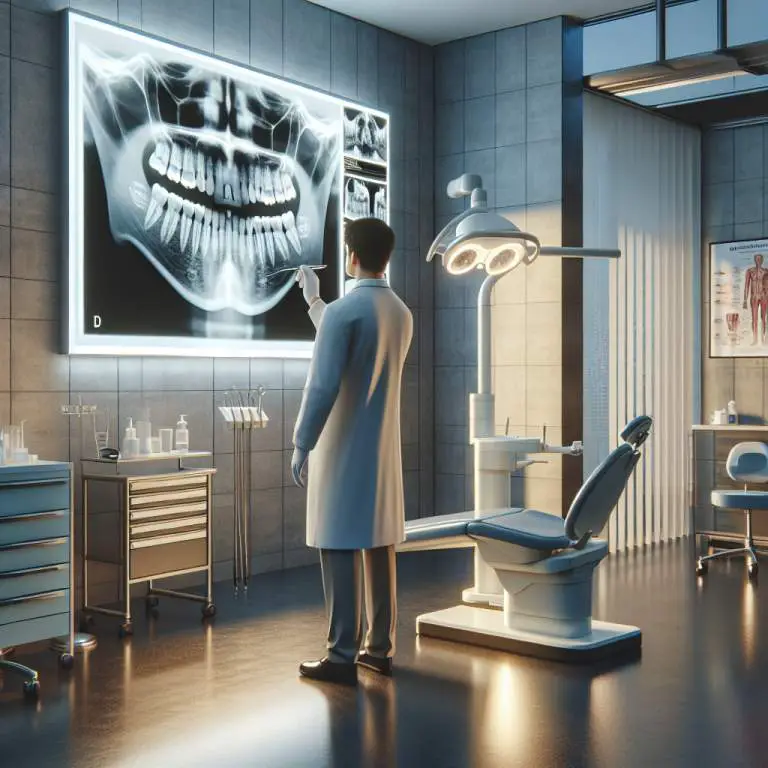How to approach mewing if I have existing TMJ or dental issues?
If you have TMJ or dental issues, start mewing carefully. First, consult with a dentist or orthodontist to ensure it’s safe for you. When practicing mewing, focus on gentle tongue placement without straining your jaw. This way, you can avoid making your condition worse while trying to improve your jawline.

How does mewing impact TMJ and dental health?
Mewing is a technique that involves placing your tongue against the roof of your mouth. This action is supposed to help with the alignment of your teeth and jaw over time. People say it can make your jawline look better and may even help with breathing problems.
When it comes to TMJ (temporomandibular joint) disorders and dental health, mewing might have some effects. For some, practicing mewing could lead to improvements in how their jaw sits and reduce discomfort. However, it’s not a cure-all solution, and for others, it might not make any difference or could potentially cause more issues if done incorrectly.
Can mewing improve or worsen pre-existing jaw conditions?
If you already have issues with your jaw, like TMJ disorders, you might wonder if mewing can help. Some people find that by improving their tongue posture through mewing, they experience less pain and better jaw function. This is because proper tongue position can potentially help in aligning the jaw correctly.
However, there’s also a chance that mewing could make things worse if not done properly or if it puts too much strain on the jaw muscles and joints. It’s really important to listen to your body and stop if you feel any discomfort or pain while trying out this technique.
What precautions should be taken when starting mewing with TMJ or dental issues?
If you’re thinking about trying mewing but have TMJ or other dental problems, being cautious is key. First off, it’s a good idea to talk to a dentist or orthodontist before starting. They can give you personalized advice based on your specific situation.
Also, start slowly with mewing. Don’t push yourself too hard at first because you don’t want to add extra stress on your jaw or teeth. Pay attention to how your body feels as you practice this technique and stop immediately if you notice any pain or discomfort.
Are there specific modifications to the mewing technique for individuals with dental problems?
Yes, there can be modifications to the mewing technique for those with dental issues. For instance, someone with braces might need to adjust how they place their tongue against their palate so as not to interfere with their orthodontic treatment. It’s all about finding what works best for you without causing harm.
In cases where someone has severe dental misalignments or other serious conditions, more tailored guidance from a healthcare professional is necessary. They might recommend specific exercises or slight alterations in how one practices mewing to ensure it benefits rather than harms their dental health.
| Condition | Advice | Mistakes to Avoid |
|---|---|---|
| TMJ Disorder | Gently place the tongue on the roof of the mouth without applying pressure. Focus on relaxed jaw positioning. | Avoid forceful pushing or excessive pressure, which can exacerbate TMJ symptoms. |
| Braces or Orthodontic Appliances | Maintain a neutral tongue position that does not interfere with orthodontic appliances. | Do not push against your braces or appliances with your tongue, as this can disrupt orthodontic work. |
| Dental Crowns or Bridges | Practice light tongue posture without exerting pressure on dental work. | Avoid direct pressure on crowns or bridges, which could lead to damage or displacement. |
| Tooth Sensitivity or Gum Disease | Adopt a gentle approach to mewing, focusing on overall posture rather than forceful tongue placement. | Refrain from aggressive mewing techniques that could irritate sensitive areas or worsen gum condition. |
What are the signs that mewing is negatively affecting my TMJ or dental health?
If you start feeling more pain in your jaw or teeth after beginning mewing, it might not be right for you. Some people notice their jaw feels tight or they have trouble moving it. This could mean mewing is putting too much pressure on your TMJ (temporomandibular joint) or teeth.
Another sign could be headaches or earaches that weren’t a problem before. If your bite feels different or if chewing becomes difficult, these could also be signs that mewing is negatively impacting your dental health. It’s important to pay attention to these changes and consider stopping if they occur.
How long should I try mewing before deciding if it’s beneficial for my condition?
It’s generally suggested to give mewing a trial period of a few months to see if there are any positive changes. Improvements from mewing can take time and may not be immediate. However, this varies from person to person based on their specific conditions and how consistently they practice the technique.
If after several months you don’t notice any benefits, or if your symptoms worsen, it might not be the right approach for you. Remember, each individual’s response to mewing will differ, so what works for one person may not work for another.
Who should I consult before starting mewing if I have TMJ or dental issues?
Before starting mewing, especially if you have existing TMJ or dental problems, it’s crucial to talk with a healthcare professional. A dentist or orthodontist can provide personalized advice based on your oral health history. They can help determine whether mewing could benefit you or potentially cause harm.
In some cases, consulting with a physical therapist who specializes in TMJ disorders might also be beneficial. They can offer exercises and techniques that complement mewing and address your specific issues more effectively. Getting professional guidance ensures that you’re taking the safest approach tailored to your needs.
Final Thoughts
Mewing has gained popularity as a technique believed to improve facial structure and oral health. However, like any practice affecting the body, it comes with potential risks and benefits. Paying attention to how your body responds is key.
If you experience negative symptoms or no improvement after giving it an honest try, reconsidering its suitability for you is wise. Always prioritize consulting with healthcare professionals before making significant changes to your health regimen, particularly when dealing with pre-existing conditions like TMJ disorders or dental issues.







